The question is pretty forward: given a slot in a tetris board, how can I check if it is possible for any tetris piece to reach this slot? The pieces are allowed to rotate just like in normal tetris.
In this following example, the red piece is trying to reach the yellow slot and the gray slots are blocked. In the left case, it is not possible, while in the right case, it is possible (falling until it reaches the floor and quickly moving to the left).
The example shows a case with a ⅃ piece, but if any piece can reach it, the answer should be YES. The problem can be reduced to "can this specific piece reach the slot?". Then all pieces would be tested with this solution.
I had so many thoughts on this but I could come up with a counter example for everyone of them.
My last thought was: for each possible rotation, start placing the rotated piece in the target slot and trying to move it back to the place where it spawned. It might solve the problem but backtracking is not really performant to try with a bunch of pieces and possibly more than just one target slot.
